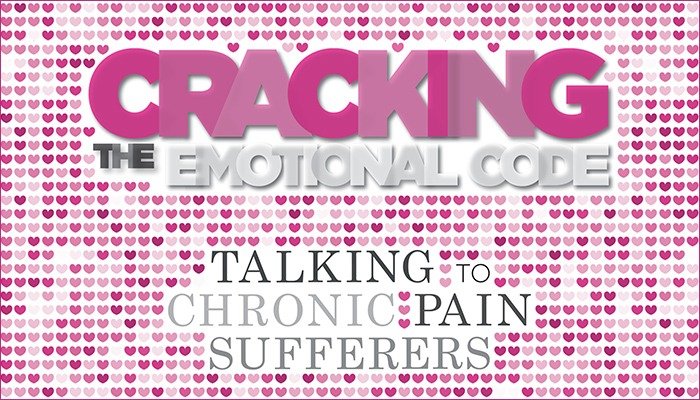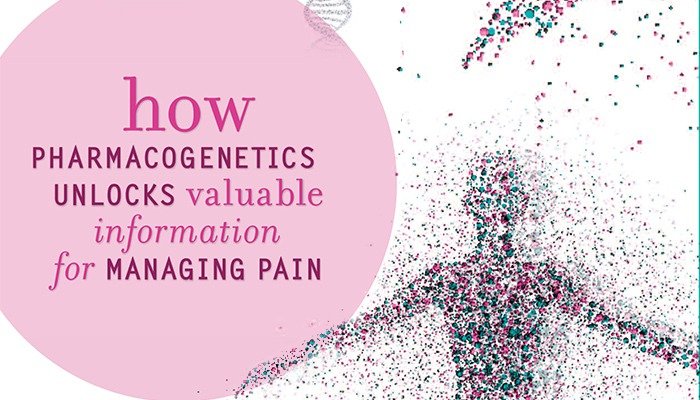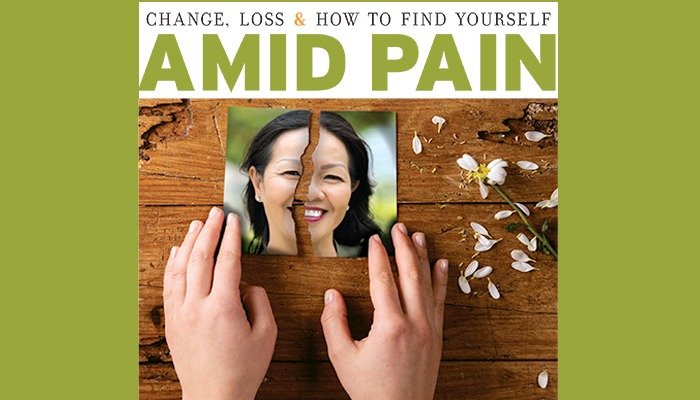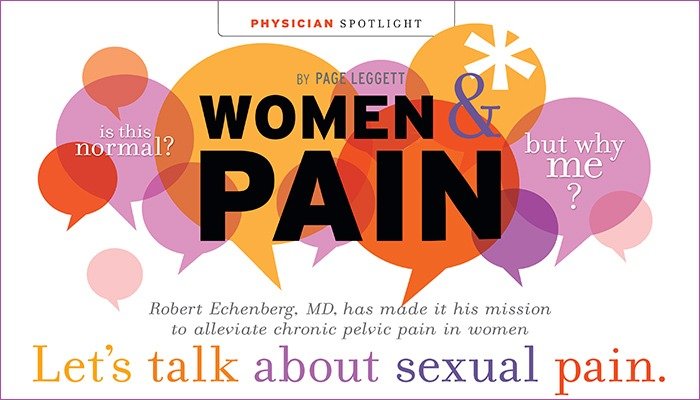Caregiving: Cracking the Emotional Code

Few things can be more stressful to a caregiver than taking care of a loved one with chronic pain. In a society that values work and activity, the sufferer of chronic pain is often the object of disbelief—viewed not as having an illness but as being a complainer or just plain lazy.
For the family caregiver, this creates a double burden. The caregiver must not only help the chronic pain sufferer come to grips with the reality of his condition, but often serves as an advocate, buffering him from often doubtful, if not actually disbelieving, friends and colleagues.
Purposeful Communication is Key
Central to successful caregiving is effective and meaningful communication between the chronic pain sufferer and the caregiver. More than talking about managing medication, daily needs or the day’s activities, communication that is useful, effective, important and purposeful comes from learning how a sufferer is managing expectations and experiences; his or her moods and emotions, physical limitations, relationships with others. Meaingful, purposeful communication includes learning how best to talk about feelings.
This can be difficult in the beginning. Chronic pain sufferers often do not wish to acknowledge limitations and can feel frustrated by their experience. They desire empathy but not pity—and walking that emotional tightrope is no easy task for the family caregiver.
Communicating as a caregiver is psychologically complex and made much harder because both the pain sufferer and the caregiver may often feel stress about:
• how to best support each other
• dealing with new feelings
• figuring out how to communicate about the disease
• dealing with guilt
• talking about their negative feelings
• making decisions about care and treatment
• changing roles
• juggling lots of roles, such as childcare, housekeeping, work and caregiving
• changing their social life
• changing their daily routine
• not feeling connected sexually.
The “Burden” Challenge
Adding to the challenge of effective communication is the fact that many chronic pain sufferers worry that they are a burden to their caregivers. Assuaging such anxiety is necessary in order to help reduce the emotional stress of the loved one. But it is difficult because it paradoxically requires not only that caregivers show an interest in the physical and emotional needs of their loved ones, but that they also show a willingness to express their feelings and concerns about their own difficulties. In effect, the family caregiver, in a tempered and modulated way, must make receiving this kind of care a part of the caregiving experience.
Holding back is not the answer. The trick is to create an environment where both the pain sufferer and the caregiver are free to express their feelings. That shared sense of emotional connection and even intimacy is central to better communication, and that is the key to better caregiving.
Understanding Coping & the Many Ways to Express Common Emotions
Part of creating a sense of open communication is for caregivers to recognize that no two people in pain will express their feelings in the quite the same way. Rather, some people will cope with their situation by talking things out, while others will focus on something seemingly unrelated to their condition. Some express emotion by doing—such as walking, doing the dishes or fixing things—while others will focus inward and seem to lose interest in even the most basic activities.
The range of possibilities and coping mechanisms is infinite. Complicating all of this, however, is the fact that chronic pain distorts the sufferer’s feelings and moods. It is in some ways a code that the caregiver must learn to analyze and decipher, reading between the lines to sense what a loved one is feeling.
As with individual people, no two codes are the same, but an open, honest and respectful dialogue can begin the process and ease the communication burden between caregiver and the person in pain. The result is less stress, better care and a healthier perspective for both. {PP}
This is a 3-part series, along with:
View the Caregiver Toolbox series:
PainPathways Magazine
PainPathways is the first, only and ultimate pain magazine. First published in spring 2008, PainPathways is the culmination of the vision of Richard L. Rauck, MD, to provide a shared resource for people living with and caring for others in pain. This quarterly resource not only provides in-depth information on current treatments, therapies and research studies but also connects people who live with pain, both personally and professionally.
View All By PainPathways






